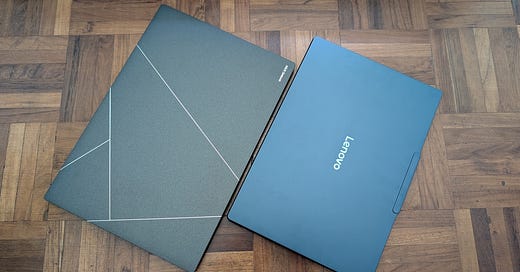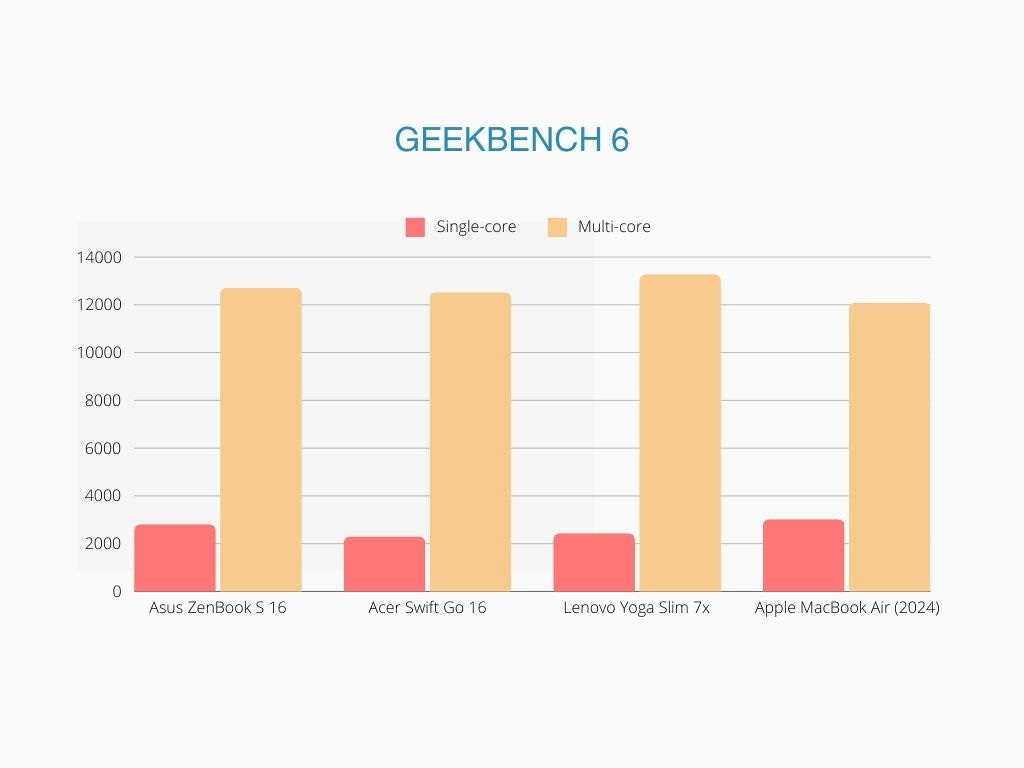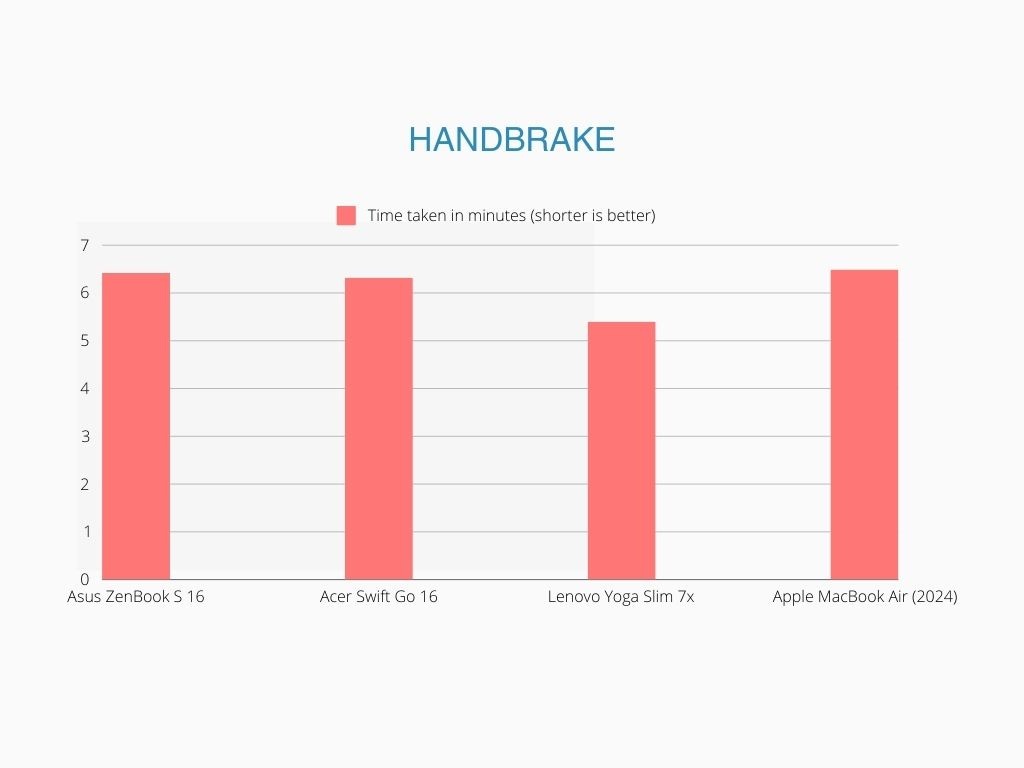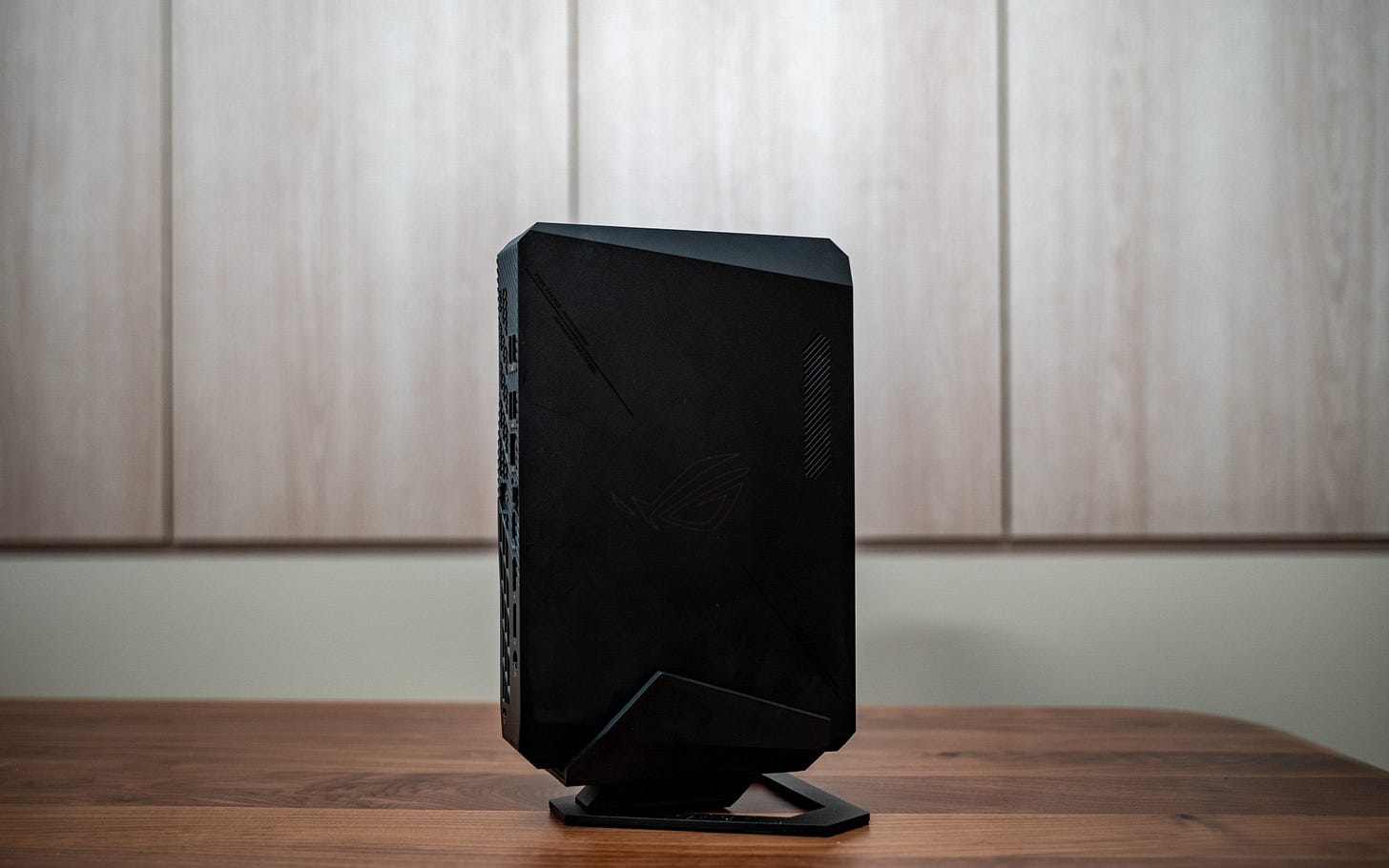I haven’t been this excited about Windows laptops in a long time. Because for the first time in years, there’s real competition in this space. AMD has been chipping away at Intel’s market share, but it’s not just AMD anymore. Qualcomm has also entered the game, and is looking mighty impressive after previous false starts.
I recently got my hands on two new laptops: The Asus Zenbook S 16 sports AMD’s latest Ryzen AI 9 HX 365 processor, while the Lenovo Yoga Slim 7x uses Qualcomm’s ARM-based Snapdragon X Elite chip. Notably, both laptops will also support Microsoft’s more capable Copilot+ with their built-in neural processing unit (NPU). Copilot+ offers more AI features, like the image generation Cocreator feature in the Paint app. Caveat: AMD’s Ryzen AI laptops will only get Copilot+ in a Windows update later this year.
More importantly, Intel’s current laptops won’t get Copilot+ because the integrated NPU in the latest Intel Core Ultra processors just isn’t up to it. Instead, we’ll have to wait till at least Q3 2024 for Intel’s Lunar Lake laptops, which will support Copilot+.
But aside from the AI stuff, the new AMD and Qualcomm powered laptops are making things really interesting. Performance-wise, they are giving current Intel Core Ultra laptops like my Acer Swift Go 16 a run for their money. In fact, the performance of these Windows laptops are even competitive with Apple’s latest M3-based MacBook Air.
Here’s how the laptops — Asus Zenbook S 16 (AMD Ryzen AI 9 HX365), Acer Swift Go 16 (Intel Core Ultra 7), Lenovo Yoga Slim 7x (Qualcomm Snapdragon X Elite X1E78100) and the Apple MacBook Air 2024 (Apple M3, 8-core) — stacked up in Geekbench 6 and Handbrake:
As you can see, the Lenovo Yoga Slim 7x fares pretty well against the competition in Handbrake and Geekbench 6. Meanwhile, the AMD and Intel laptops are running neck and neck here, which is significant since the Zenbook S 16 is using the second-best Ryzen 9 AI chip, and not the flagship version.
Now, there are other factors to consider besides benchmark performance. For instance, the Lenovo Yoga Slim 7x runs significantly cooler while encoding a 1080p video in Handbrake compared with the AMD and Intel laptops. But you should also know that the Lenovo may have compatibility issues with x86 apps that are not optimised for its ARM architecture. In fact, you cannot run many modern games on this laptop. To be fair, the laptops tested here are ultrabooks that aren’t intended for gaming. I have also yet to complete my battery life test.
For consumers, the improved competition in the laptop market could lead to more choices, better performance, and perhaps even lower prices. We’ll be publishing the full reviews of these new laptops soon, so stay tuned!
This week, we checked out Cat Quest III, the latest action RPG game in the fur-anchise from Singapore game studio The Gentlebros. There was also time for Asus’ really-compact gaming desktop, as well as Sony’s spectacular, high-end Mini-LED TV.
The latest entry in the Cat Quest series of action RPGs, Cat Quest III moves the setting to a fantasy pirate world. You can now sail the open seas, and engage in nautical battle with pirate ships. It has the same cute and colourful aesthetic of previous titles, while the combat has added some new mechanics. A kid-friendly game to co-op with your child.
You don’t need a big brute of a desktop PC for gaming. The Asus ROG NUC 970 runs games comfortably at 1440p with no issues — despite sporting laptop components. And it’s only one tenth the size of a typical gaming PC. But you do have to pay a bit more than a desktop PC with prices starting from S$2,539.
The Sony Bravia 9 is arguably the best Mini-LED TV produced to date. Not only is it bright enough to overcome well-lit environments, its blacks are deep, and almost as good as OLED TVs, thanks to a new controller that enables finer control of the LED backlight. However, this TV is also very expensive (around S$8,000 for the 75-inch), which is close to premium OLED TV pricing.









